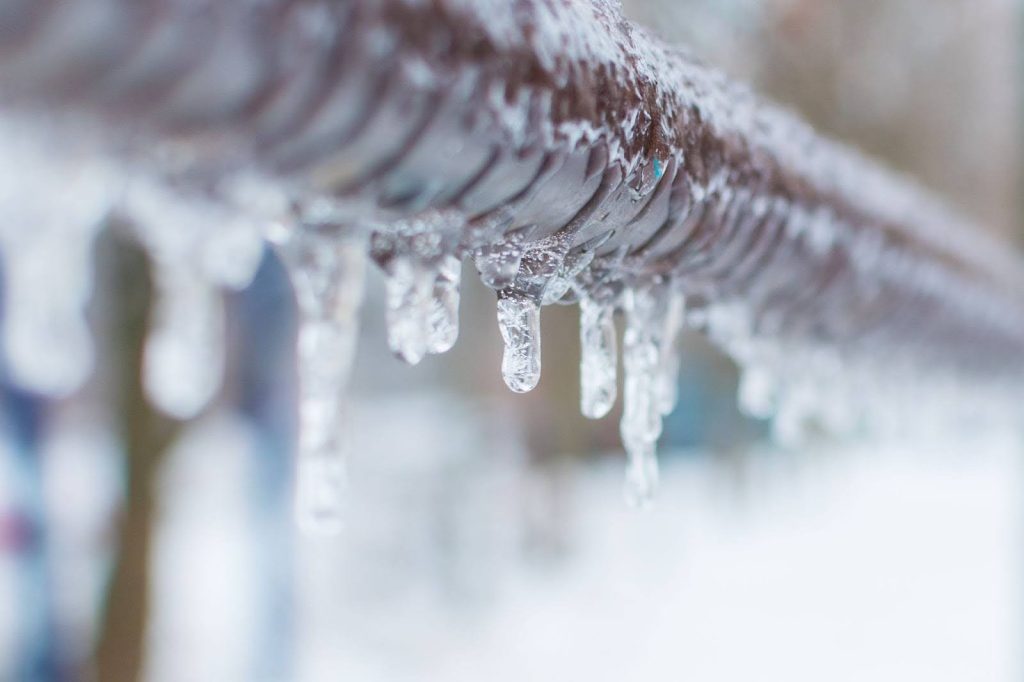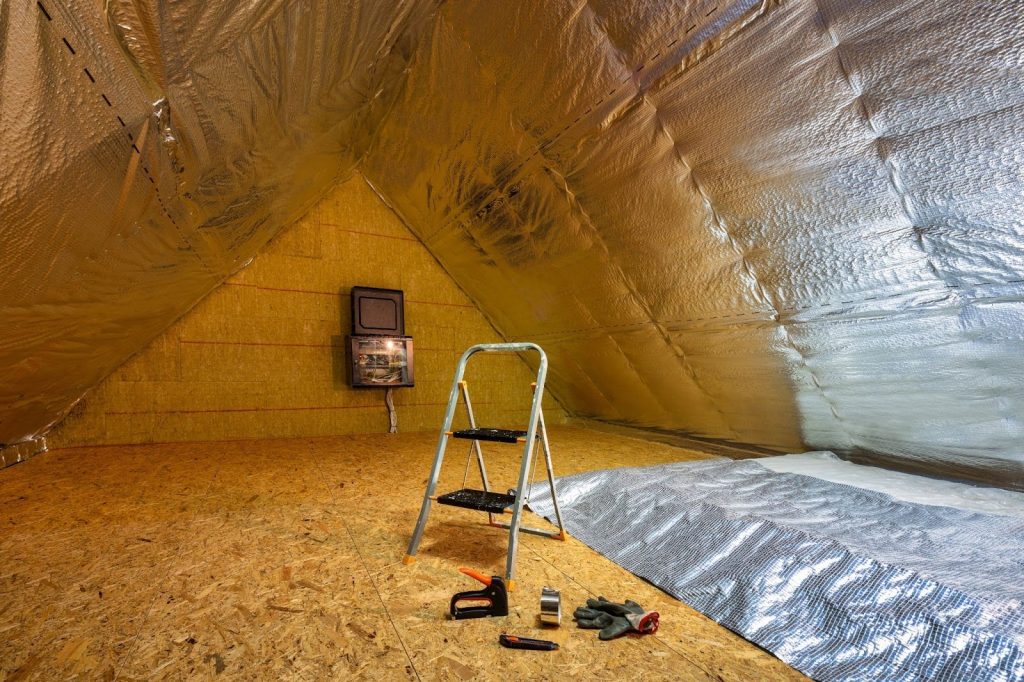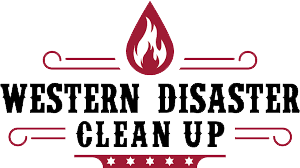While we often associate winter with cozy evenings by the fireplace and snow-covered landscapes, it also comes with a hidden threat -– water damage. It’s crucial to understand the significance of preventing winter water damage during the winter months so you don’t end up dealing with structural issues, mold growth, or substantial financial burdens.
Water has a knack for exploiting vulnerabilities in our homes as temperatures drop. Cracks in foundations, poorly insulated pipes, and clogged gutters become potential entry points for water. Even the seemingly harmless snow accumulation on our roofs can turn into ice dams, forcing water underneath shingles and into our homes.
In this blog, we’ve got you covered with the knowledge and practical solutions you need to protect your home from winter threats. So, let’s get started to ensure your home stays warm, dry, and secure.
Understanding the winter threats
Various factors conspire to bring water damage to your doorstep in the wintertime. Here are some of the common culprits:

Frozen pipes
Perhaps the most notorious winter woe, frozen pipes are capable of wreaking havoc. When temperatures plunge, water within your plumbing freezes and expands, leading to pipe bursts and the subsequent flooding of your home.
Snow melt
Snowfall is enchanting but transforms into a watery challenge as it melts. The gradual thawing of snow on your roof or near your home’s foundation can result in moisture seeping indoors if not managed effectively.
Ice dams
Ice dams are a significant winter concern, with a unique formation process. Heat escaping from your home melts snow on the roof, refreezing at the edges, and forming a dam. This traps subsequent snowmelt, infiltrating your home beneath shingles and causing roof leaks and interior damage.
Over time, ice dams damage roofing materials, leading to leaks and structural issues. They can also affect gutters, potentially damaging or dislodging them, compromising water diversion, and posing safety risks.
Poor insulation
The insulation within your home plays a critical role in maintaining a stable interior environment. Inadequate insulation may lead to areas where water vapor condenses, potentially fostering mold growth and structural problems.
Equipped with a thorough understanding of these winter threats, let’s explore proactive measures that will help shield your home against these potential hazards.
Preparing your home for winter
Now that we’ve explored the potential winter threats to your home, it’s time to roll up our sleeves and prepare your dwelling to face the challenges that colder months may bring. The proactive steps you take now make all the difference in keeping your home cozy, dry, and damage-free.
Inspecting and maintaining your home’s exterior
Your home’s first line of defense against the elements is its exterior. Start by giving your roof a close look. Check for any missing or damaged shingles that could lead to leaks when snow and rain come knocking. If you spot issues, address them promptly to keep your roof intact and reliable.
Next up are your gutters. Clear them of leaves, debris, and dirt to prevent clogs so they will channel rainwater and melting snow away from your foundation. Consider adding gutter guards to keep them flowing freely during winter’s worst.
Now, turn your attention to any openings that could let water sneak in. Carefully examine your home’s exterior for cracks, gaps, or holes in walls, siding, and foundations. Seal them with the appropriate caulk or sealant to block potential water entry points.
Don’t forget your windows and doors. Check the seals around them to ensure they’re intact. Worn or damaged seals can let drafts and moisture creep in. Replace or repair them as needed to keep your home snug and dry.
Lastly, pay a visit to your trees. Trim any branches that hang over your house and eliminate dead or weak trees. This proactive step prevents them from collapsing onto your home during a heavy winter storm.
Winterizing outdoor plumbing and irrigation systems
With the exterior sorted, let’s safeguard your outdoor plumbing and irrigation systems. Locate and shut off the water supply to outdoor faucets and hoses, then drain any remaining water to prevent freezing and potential pipe damage.
For those with irrigation systems, winterizing is a must. Drain the system and blow out any leftover water. This preventive action guards against frozen pipes that could lead to expensive repairs when spring arrives.
For any exposed pipes in unheated areas like garages or crawl spaces, insulate them with pipe insulation or heat tape. This added layer of protection prevents freezing and bursting and saves you from potential plumbing headaches.
Ensuring proper insulation and ventilation in attics and crawlspaces
Now, let’s venture inside and focus on maintaining a comfortable, moisture-free environment within your home. It all starts with your attic. Adequate insulation in this space is your best defense against ice dams forming on your roof. Make sure your attic is well-insulated according to local building codes to keep your home snug and dry.
Ventilation is equally crucial. Proper attic ventilation regulates temperature and humidity levels. Install or clean soffit and ridge vents to promote air circulation and minimize moisture buildup, further protecting your home.
For those with crawlspaces, insulate and encapsulate them. This prevents chilly air and moisture from creeping into your home’s interior. It also contributes to a stable indoor environment, ensuring your winter is warm and cozy.
These preparations will shield your property and contribute to a comfortable and inviting living space all winter long.

Protecting your interior
With your home’s exterior prepared for winter, focus on maintaining a warm, dry, and problem-free interior during the colder months. Proactively safeguard your living spaces to ensure a comfortable, damage-free winter.
Frozen pipes are a common risk in winter; freezing water expands and may cause pipes to burst. To prevent this, insulate pipes in unheated areas such as crawlspaces, basements, and attics with pipe insulation or heat tape. Let faucets connected to vulnerable pipes drip slowly on frigid nights to maintain water movement.
Always keep your home heated, even when you’re away, to prevent pipe freezing, and open cabinet doors under sinks during extreme cold spells to allow warm air to reach pipes. Regularly maintain your heating system, scheduling a professional inspection to check for potential leaks, loose connections, or worn components before winter begins.
Replace or clean air filters to prevent strain and potential leaks, ensure carbon monoxide detectors are working correctly, and keep heating vents and radiators unobstructed for proper airflow.
Finally, protect your basements and crawlspaces by installing a sump pump if they are prone to flooding. Use dehumidifiers in damp areas to control moisture levels and prevent mold growth.
These proactive measures will help maintain a warm, dry, and trouble-free home throughout winter, preserving your property and ensuring a comfortable living environment.
Responding to winter water damage
While it’s always best to prevent water damage in the first place, sometimes winter surprises us with unexpected challenges. When winter water damage occurs, taking swift and effective action is key to minimizing its impact on your home.
Immediate steps to take in case of water damage
First and foremost, prioritize safety above all else. If the water damage poses any immediate risks, such as electrical hazards or structural instability, evacuate the affected area and ensure your family’s safety.
Locate and turn off the main water supply if the source of the damage is a burst pipe or plumbing issue. This will halt the influx of water into your home.
Document the extent of the damage meticulously. Capture photographs and videos of affected areas, including damaged belongings, walls, and floors. This documentation will be vital when filing insurance claims.
Begin removing excess water as soon as it’s safe to do so. Utilize buckets, mops, towels, or a wet/dry vacuum to get rid of standing water. Quick removal prevents further damage and curbs mold growth.
Take care of wet materials. Remove and separate items like carpets, rugs, and furniture, placing them in a dry area or outdoors to facilitate drying.
Promote airflow by opening windows and doors, weather permitting. Adequate ventilation helps speed up the drying process.
Contacting professionals for restoration and repairs
For significant water damage, especially if it involves contaminated water or mold concerns, reach out to professionals specializing in water damage restoration. They possess the necessary equipment and expertise to assess the damage, extract water, and ensure thorough drying and sanitization of affected areas.
In cases of plumbing-related water damage, such as burst pipes, enlist the services of a licensed plumber to address the source of the problem.
For electrical damage caused by water, it’s crucial to hire a qualified electrician to assess and repair the electrical system. Safety should always be a top priority when dealing with electricity and water.
Allow Western Disaster Clean Up to get rid of your winter worries
Should you find yourself facing water damage, Western Disaster Clean Up stands ready to assist you with our expertise in water damage restoration. Our skilled professionals swiftly and effectively address water-related issues to ensure your home’s recovery and your peace of mind.
Don’t hesitate to reach out to Western Disaster Clean Up at 385-381-6321 for help to weather any winter storm and keep your home safe and secure.

